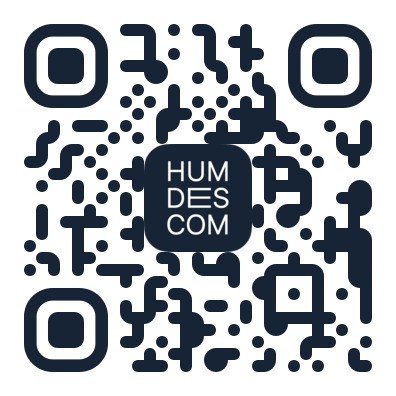The Right Angle Cross of Consciousness
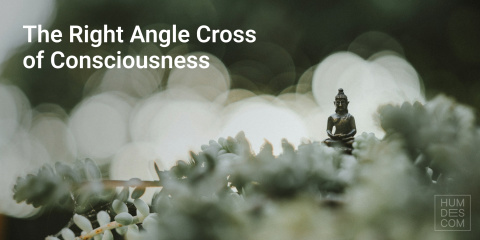
Introduction
To some extent, each person's Incarnation Cross reflects the task with which they were born. It demonstrates what the course of life can be if a person lives according to their Design.
There are many types of Incarnation Crosses: the Right Angle Cross of Consciousness, the Right Angle Cross of Rulership, the Left Angle Cross of Endeavour - a total of 192 basic variants, resulting in 768 distinct types.
Today we will look in detail at one of them - the Right Angle Cross of Consciousness in Human Design.
What is an Incarnation Cross in Human Design
An Incarnation Cross is a technical term describing the mechanics of the interaction between two pairs of Gates: the Personality Sun and Earth, as well as the Design Sun and Earth.
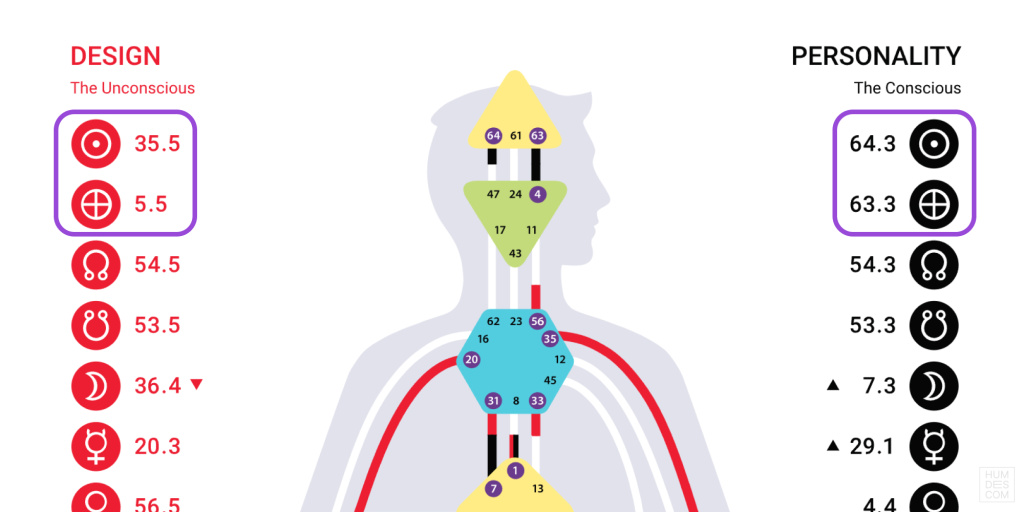
It is believed that approximately 70% of our programme is a manifestation of these Gates, so their themes play a significant role in our lives. Because the Gates in each pair are located opposite each other on the mandala, they endow their owner with opposing qualities that, in turn, harmoniously complement each other and create a kind of balance.
The Incarnation Cross shows how a person's path should be in order for their destiny to be fulfilled: how they should act, what they should strive for, what they should think about, and what they should desire. It demonstrates what a person can accomplish in life for themselves and others, as well as how they can best fulfil their potential.
Two people with the same Incarnation Cross will share many similarities, but their paths will not be identical. For example, the Right Angle Cross of Consciousness in the Generator and the Projector means that both of them will fulfil their higher purpose, but they will do so using completely different methods.
Following the path indicated by the Incarnation Cross is not always easy or pleasant. Of course, it could be that, but there is also the possibility that one will feel heaviness and dissatisfaction with their role.
The Right Angle Incarnation Crosses
All the Incarnation Crosses in Human Design fall into three broad categories:
-
The Right Angle Incarnation Crosses
-
The Left Angle Incarnation Crosses
-
The Juxtaposition Incarnation Crosses
The holders of Right Angle Incarnation Crosses, including the Right Angle Cross of Consciousness, can go through life alone. They create their own destiny, control it, and have the freedom to choose. There are no "magic" forces in their lives that bring them important meetings or events. They do not have to rely on assistance fr om others either. All of such people's actions, encounters, and everything that happens to them are the result of their own actions.
These people must be fully engaged in their lives, progressing step by step. This is why they frequently become individualistic, thinking more about themselves than about others. They simply have no other option, because in order to succeed, they must develop self-reliance, independence, and prioritise their own opinions.
In contrast, people with Left Angle Incarnation Crosses are more concerned with others than with themselves. Those with the Juxtaposition Incarnation Cross in their Rave Chart arrive in this world with a predetermined and fixed destiny.
The Right Angle Cross of Consciousness
The Right Angle Cross of Consciousness in Human Design illustrates a journey into the depths of understanding.
People with the Right Angle Cross of Consciousness are gifted with the ability to decipher the complexities of the world around them and express their understanding in a way that can guide others.
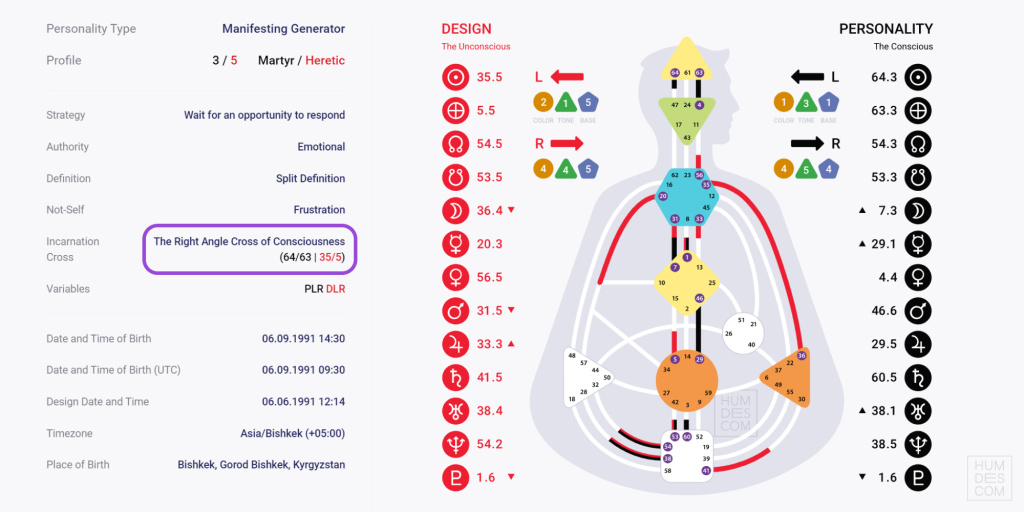
They are here so that others who see them can become aware of important aspects of their lives and decide whether to follow the changes or remain wh ere they are. In other words, they are on a mission to understand the world, share their insights, and, as a result, often inspire others.
For example, Walt Disney, holder of the Right Angle Incarnation Cross of Consciousness in terms of Human Design, dedicated much of his life to changing people's perceptions and ways of living. He was able to inspire others and introduce them to the possibility of obtaining something new. Through cartoons and films, he allowed people to investigate various patterns of behaviour, draw conclusions, and apply them to their lives. Through the plots of his works and creations, he allowed people to have many different experiences. For example, when visiting Disneyland, you can feel a wide range of emotions, from fear and animal terror to excitement on some carousels, try products from different parts of the world and taste new flavours, explore different cultures and learn about their characteristics, and so on.
An important theme in the lives of those who hold the Right Angle Incarnation Cross of Consciousness is to bring awareness to everyone they come into contact with. These are the people who help others find meaning in their past by comparing their experiences to accepted patterns, thereby progressing to new ways of thinking and understanding life.
To survive, a society must have consistent patterns to follow. In that case, everyone will thrive and feel secure. Otherwise, evolution will reverse itself. The holders of the Right Angle Incarnation Cross of Consciousness in Human Design question and challenge the schemes in place to determine which ones lead to progress and which do not.
Our world and the people who inhabit it require inspirational forces. Those with the Right Angle Incarnation Cross of Consciousness came into the world precisely to be this inspiring factor. By inspiring others with their questions, they bring something new to relationships between people and demonstrate them which patterns need to be changed and which can be maintained.
The Gates of the Right Angle Cross of Consciousness
The Right Angle Incarnation Cross of Consciousness consists of four Gates:
-
5, the Gate of Fixed Rhythms, is the energy of habits. The mechanical need of the body and mind for a fixed rhythm of life or for repetitive cycles. People who need fixed rhythms in life.
-
35, the Gate of Change is the energy that evokes a sense of need for change. It feels like it is time for a change. People who try different things in life to gain experience.
-
63, the Gate of Doubt is the energy of gaining understanding, the fuel for doubt, suspicion and mistrust. People who are sceptical by nature.
-
64, the Gate of Confusion is the energy of abstract thinking, which provides fuel for your imagination to function. People with a well-developed imagination and constant pressure to look for meaning in the past.
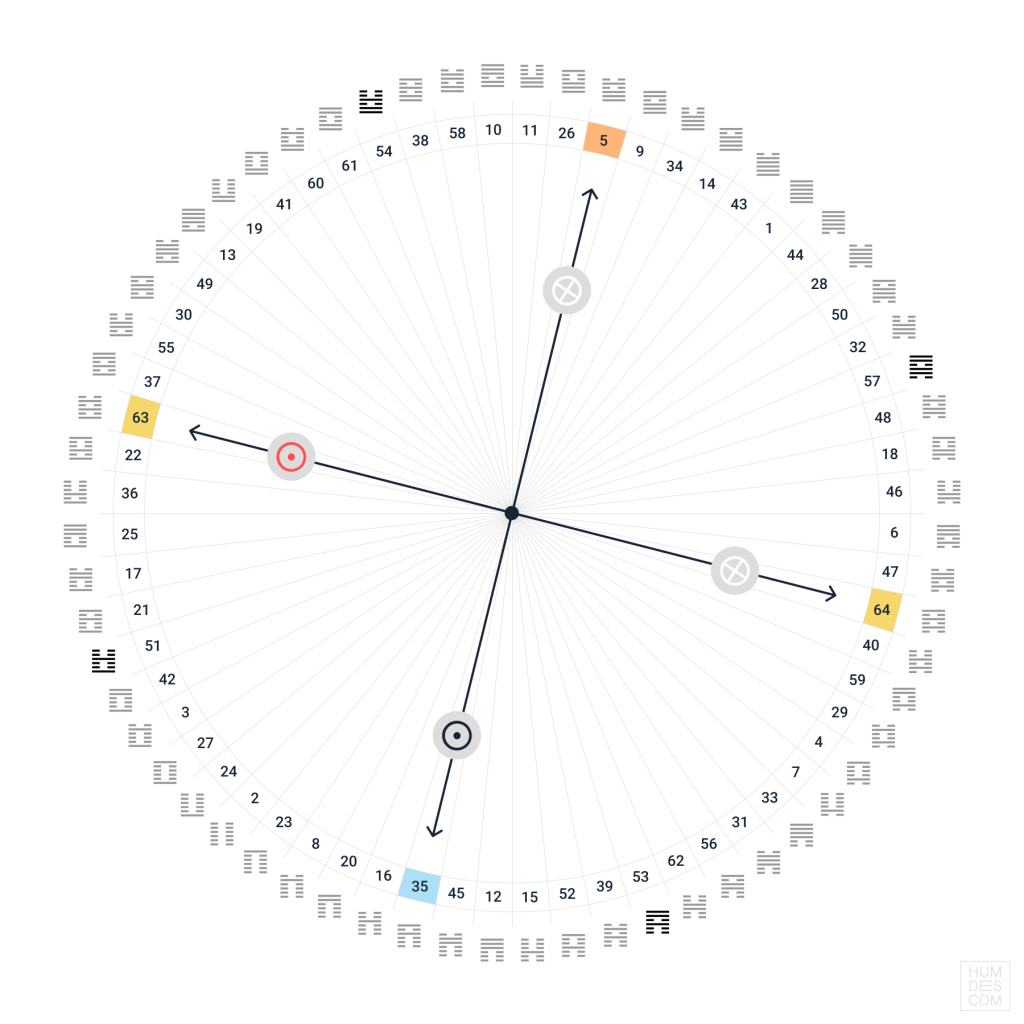
35, the Gate of Change, located in the Throat Centre, symbolises the desire for novelty as well as the ability to learn and share wisdom from new experiences. The complementary Gate 5, the Gate of Fixed Rhythms in the Sacral Centre is designed to help understand the rhythm of life and gain wisdom in waiting for the right moment. On the other side of the Cross, 63, the Gate of Doubt, located in the Head Centre, encourages careful examination and the search for logical confirmation. Along with this, 64, the Gate of Confusion, is a motivator to make sense of past experiences and gain insights from them.
Conclusion
Anyone new to Human Design may find the Incarnational Cross reading particularly appealing. Many people think that once as they know it, they will be able to fulfil their purpose right away. In fact, this is not so simple, and without the experiment, all knowledge will remain theoretical and thus provide no practical benefit.
Furthermore, any attempts to live the Right Angle Incarnation Cross of Consciousness, or any other Cross in Human Design, from the mind are doomed to fail. You should gradually shift your decision-making process away from Not-Self strategies. Only then will your body and mind be able to prepare for and complete your life's task.
